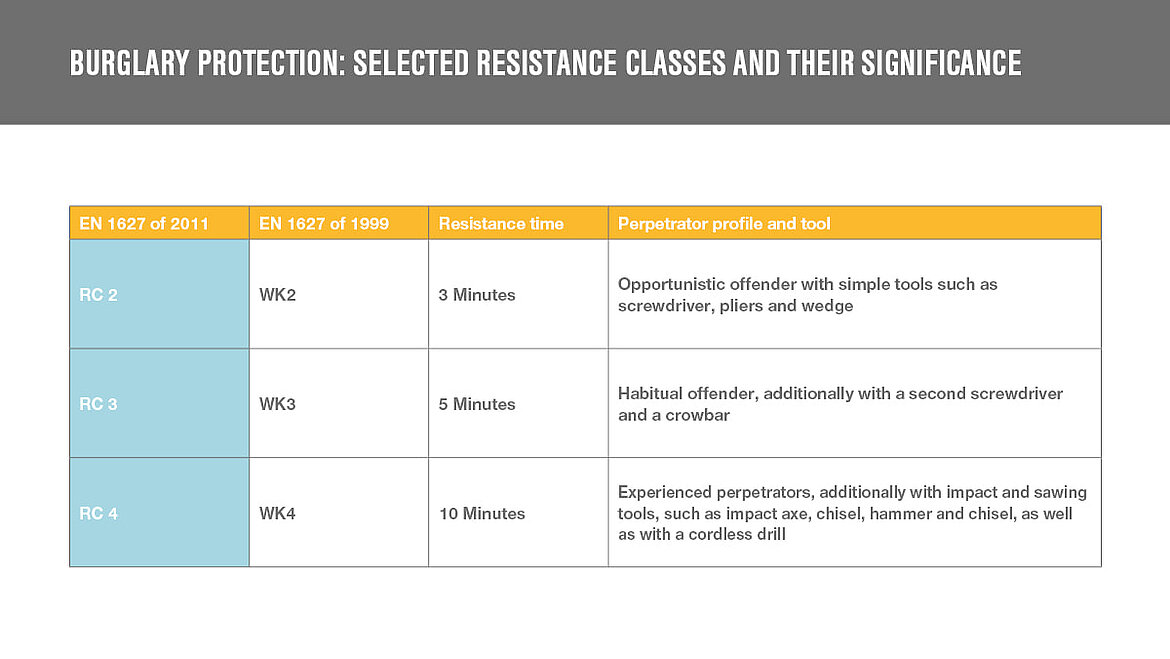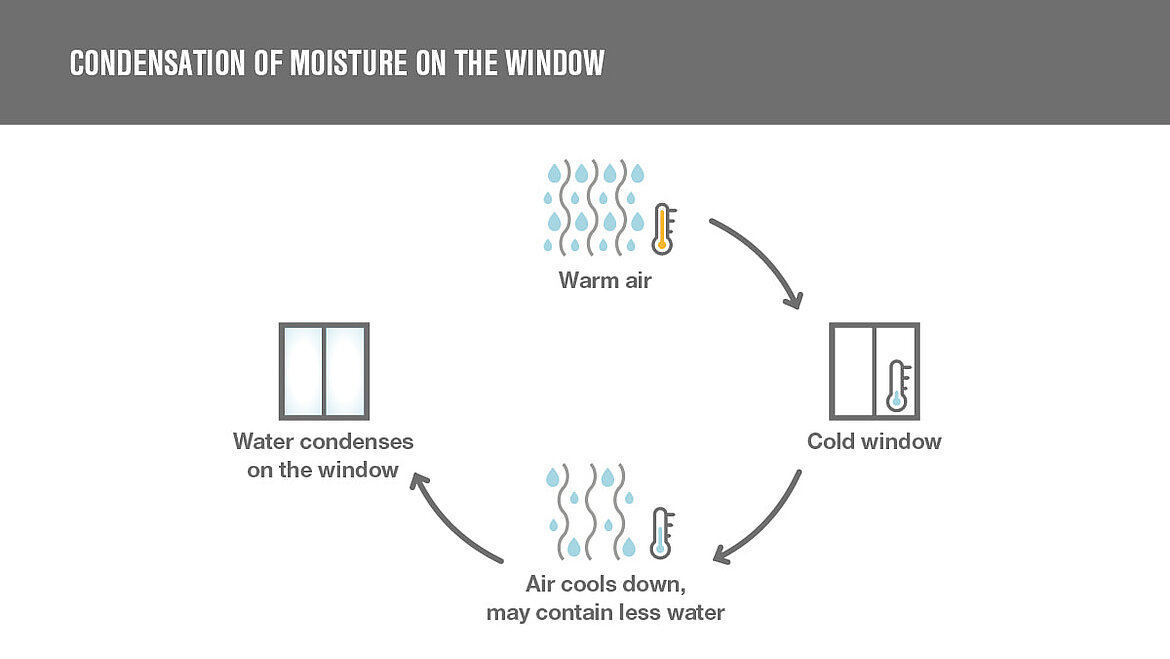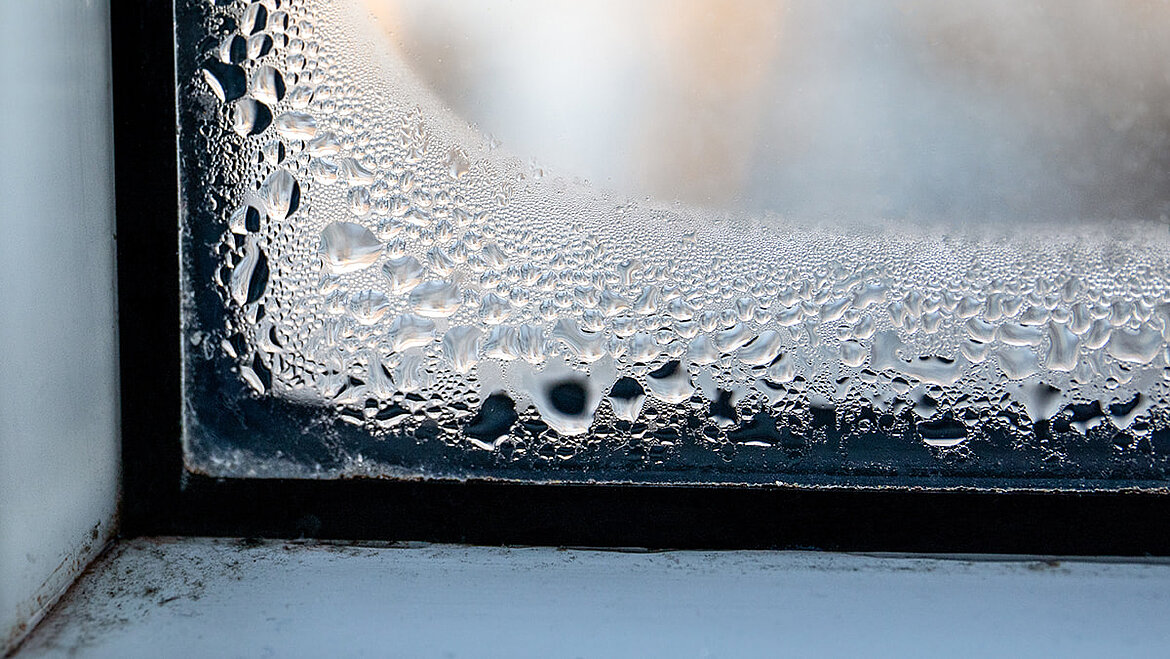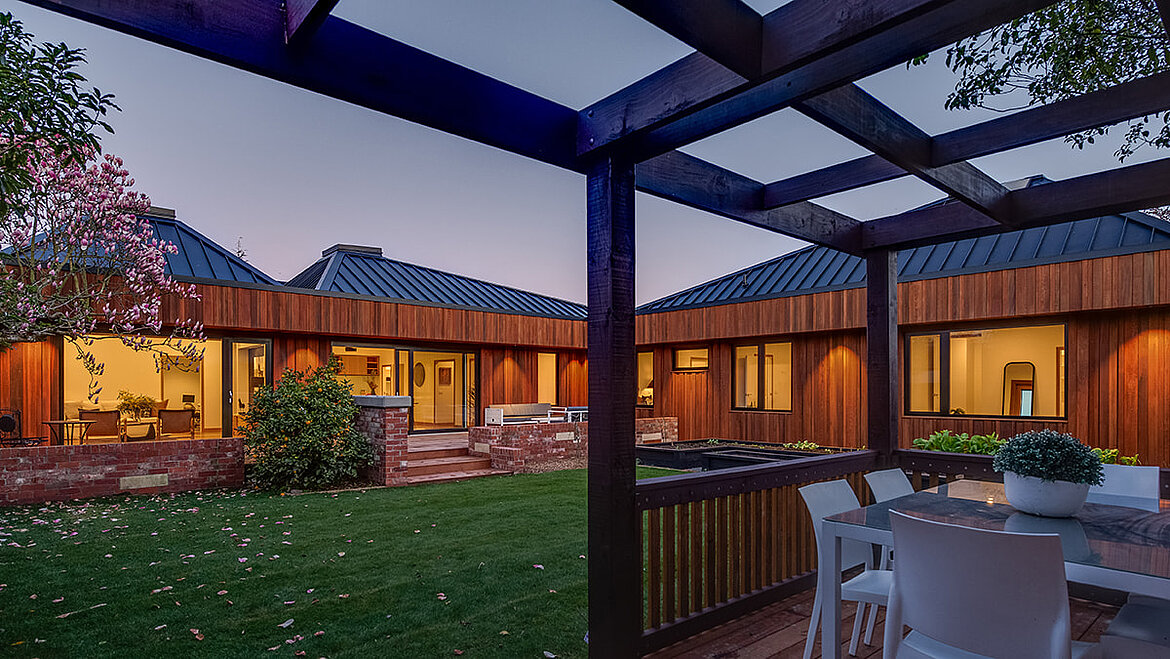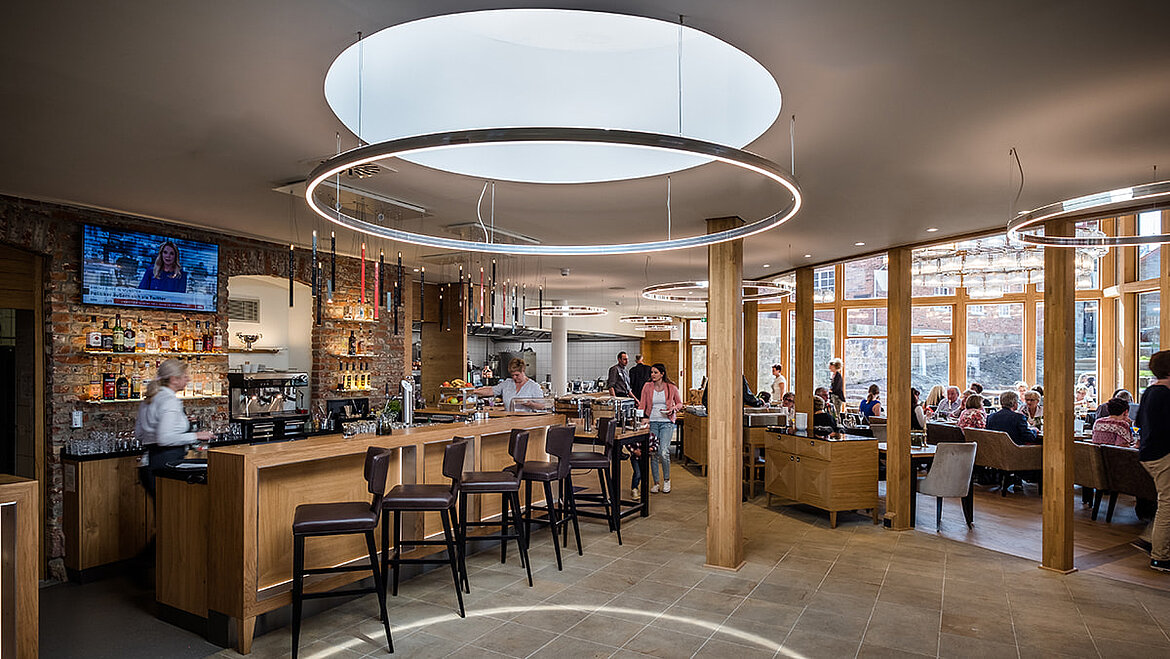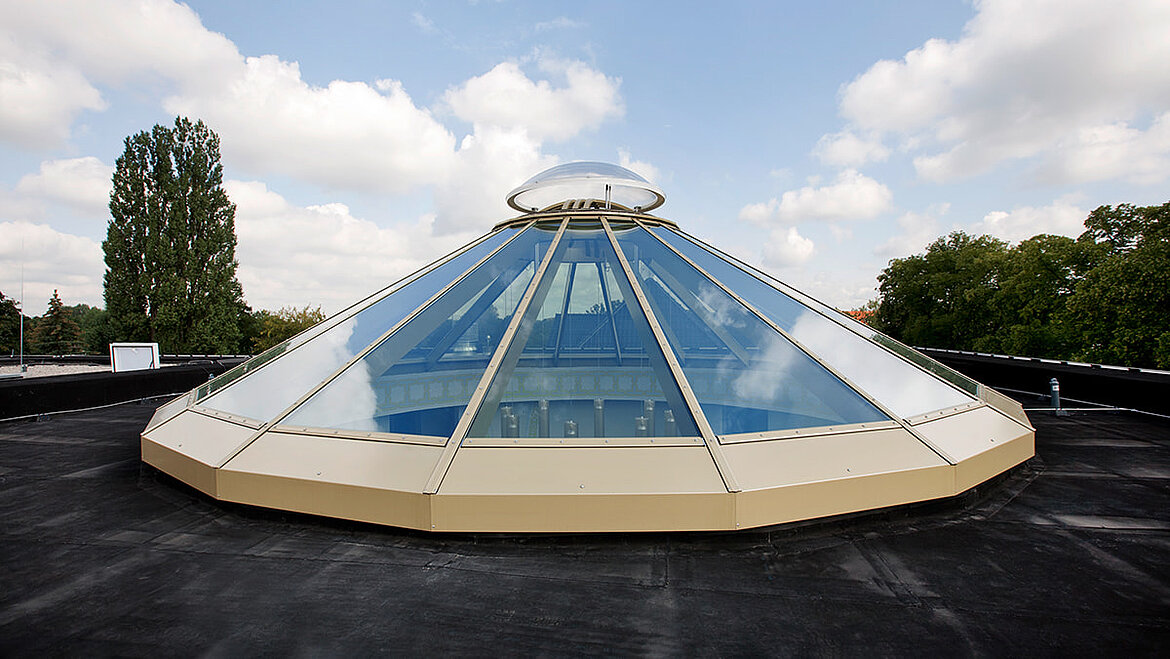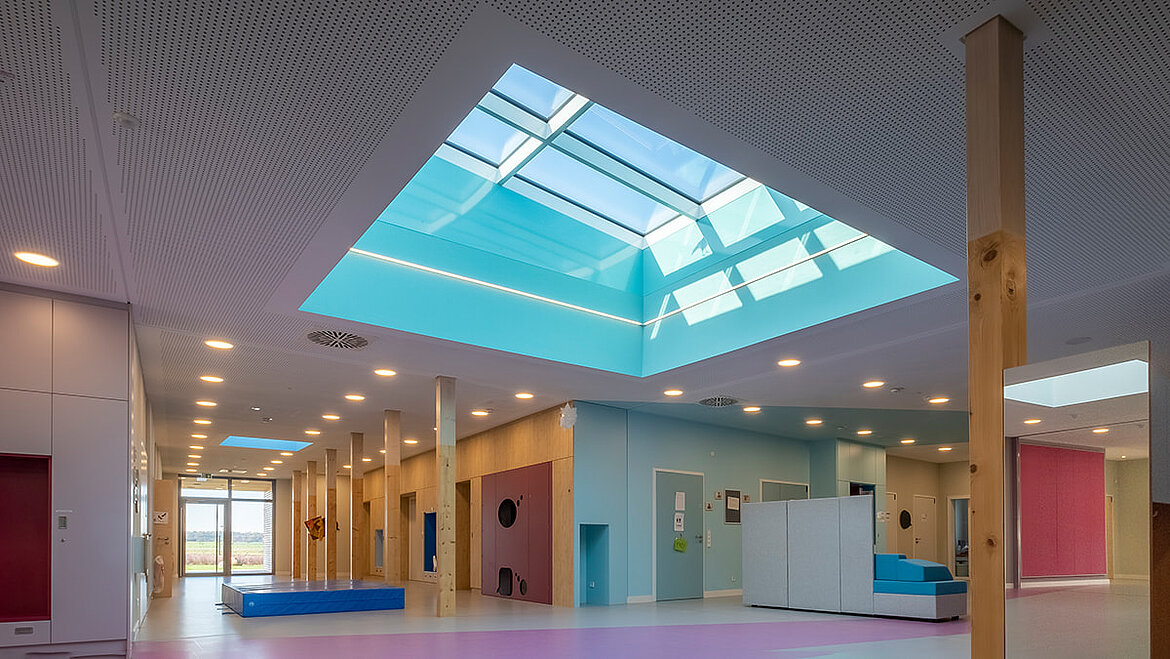Daylight systems such as glass skylights or rooflight domes are installed based on various advantages. In addition to ventilation and smoke and heat extraction, one advantage of a skylight is the high level of daylight entering the building interior. Daylight has a positive effect on people both physically and psychologically. Medical research confirms the influence of natural light on:
- the human organism,
- the hormonal balance,
- the need for sleep,
- the psyche,
- and the mood.
Moreover, natural light contains the full colour spectrum, i.e. all the colours contained in the rainbow. The advantage of daylight is that it changes, i.e. it is dynamic. Depending on the time of day, the light adjusts in intensity and colour temperature, and this changing light, in turn, has a positive effect on people’s moods.
The alternative to daylight is artificial light, as we all know. This is produced by artificial sources and promotes, among other things, headaches, sleep disruption and even depression with long periods of exposure. Artificial light from lamps, for example, usually appears sterile and tiring compared to natural light. But why is that? Artificial light usually only has a constant brightness, colour and direction. In addition, the blue content in LED light is usually very high – this has a negative effect on people’s mood and health.
Conclusion: Adequate lighting with natural daylight is a key factor in ensuring a sense of well-being and, ultimately, also for safety and productivity in the workplace.


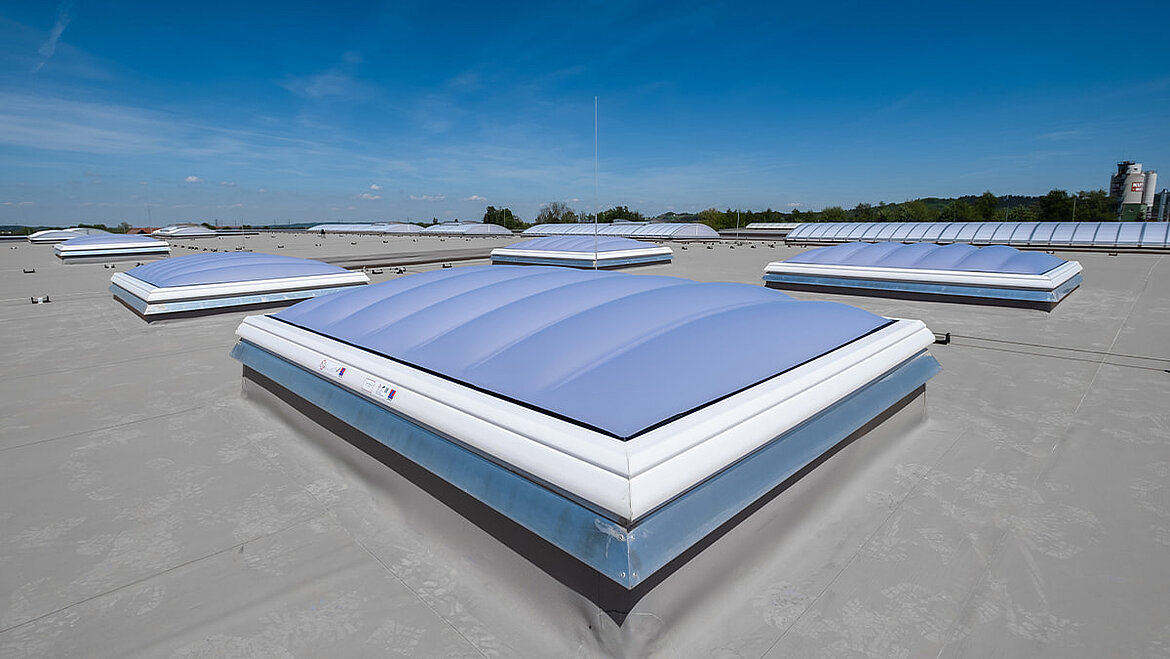

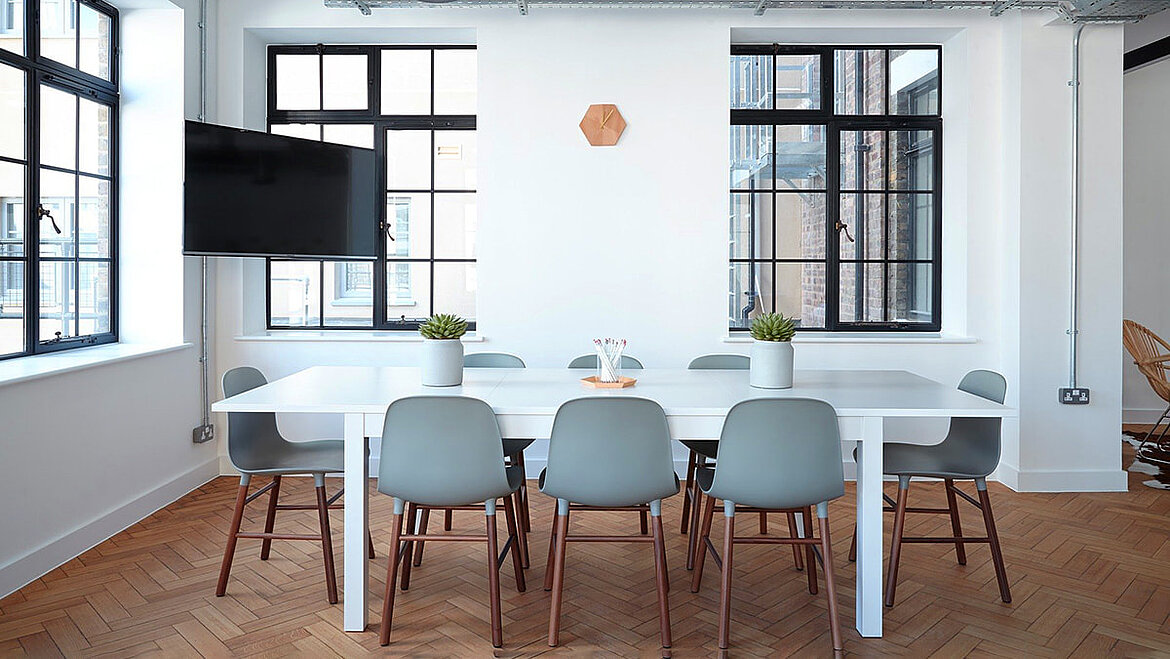
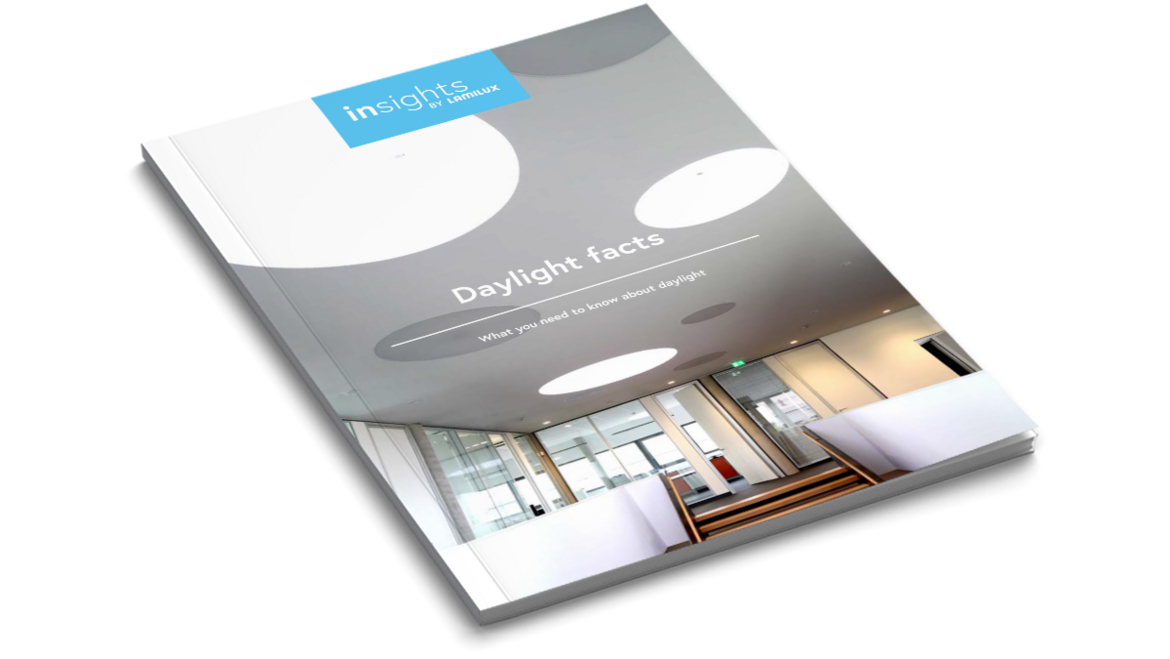
![[Translate to English:] RWA im Einkaufscenter [Translate to English:] RWA im Einkaufscenter | insights by LAMILUX](/fileadmin/_processed_/b/3/csm_RWA-Einkaufscenter_7de3501efb.jpg)

